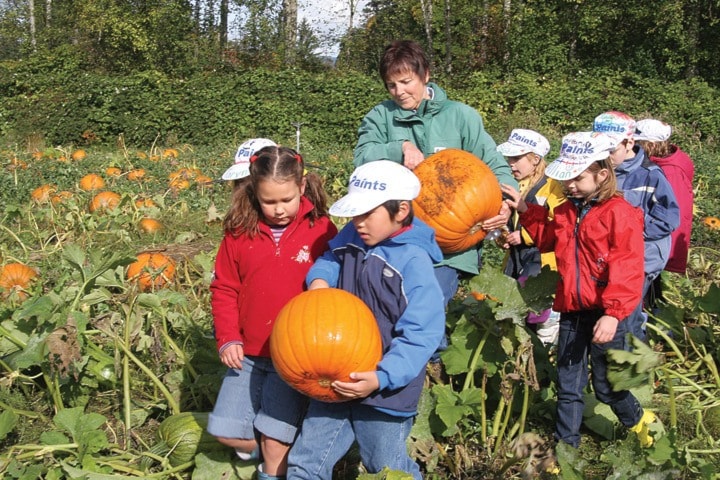Farmer Patrick Evans was busy working near the entrance of the Shelter Point Distillery when he mused about B.C.’s new agriculture minister.
“Don’s a good guy and he really wants to understand what’s going on…I just don’t know how long he’s going to last,” said Evans, whose family owns the Shelter Point Farm in Oyster River (formerly the UBC Farm) which is also home to the new distillery.
Don McRae was appointed Minister of Agriculture on March 14, by new Premier Christy Clark. But there are rumblings of a fall provincial election which will bring new faces to government as well as new ministers.
However, for the time being, the minister is touring the North Island region to learn more about agriculture, fish farming and potential opportunities for growth.
“I’d love to see more value-added agriculture…and Shelter Point (distillery) is an excellent example,” said McRae, who is also the Liberal MLA for the Comox Valley riding.
McRae was in Campbell River on Friday. He started the day by touring a fish farm off Quadra Island and then learned more about the city’s new agriculture plan.
The plan is to create more opportunities for small- and medium-sized farms, hopefully on some of the 5,017 hectares in the Agricultural Land Reserve (ALR) that surrounds the city.
Currently, there are just eight farms in the ALR on a total of 41.2 hectares. But most of that land isn’t cleared and the majority is for pasture, and to grow hay and silage.
There are a 11 more farms outside the ALR and they comprise 29.5 hectares, of which 16.2 hectares are on cleared land. That’s not much and the financial returns reflect the total. According to the city’s agriculture plan, sales from the farms amount to nearly $129,000 per year or $6,784 per farm.
The hope is to encourage more small-scale farms on land close to sea level – where its warmer – on properties that already have access to water and power. And if these farms are developed, larger farms might follow on ALR land.
McRae has seen how farms in the five- to 15-acre range are doing well in the Comox Valley and believes there are opportunities available in Campbell River.
“It’s good to see the city is interested,” he said.
